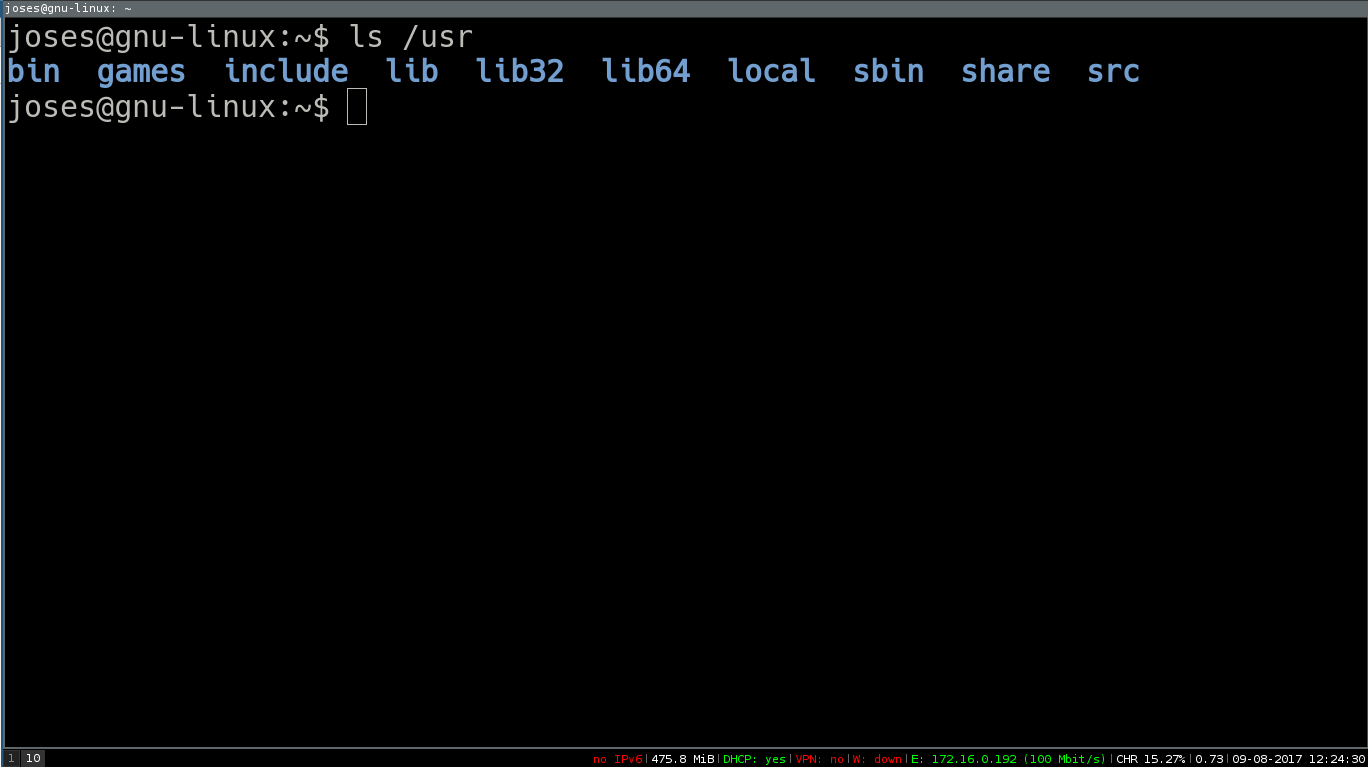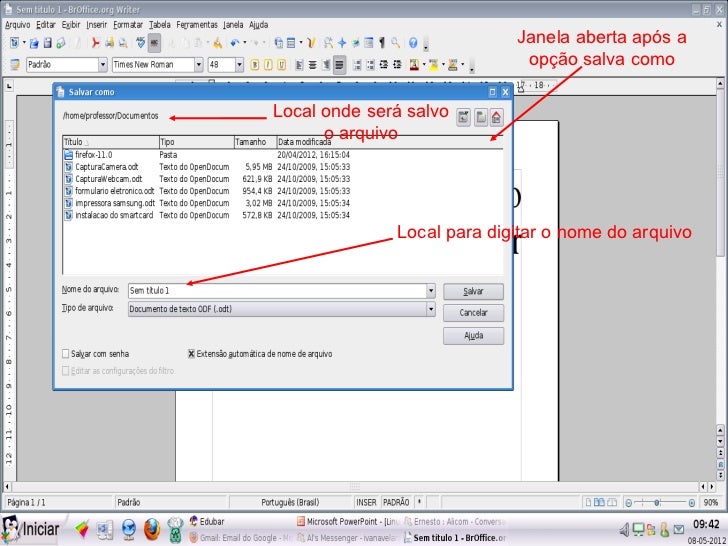
Linux view file details windows#
Windows and Linux tools and commands can be used interchangeably with WSL. Interoperability between Windows and Linux commands
Linux view file details how to#
Learn more about how to adjust case sensitivity, particularly when mounting disks with WSL, in the Adjust case sensitivity how-to article. Windows and Linux file systems handle case sensitivity in different ways - Windows is case-insensitive and Linux is case-sensitive. To view all of your available Linux distributions and their root file systems in Windows File explorer, in the address bar enter: \\wsl$Ĭase sensitivity determines whether uppercase (FOO.txt) and lowercase (foo.txt) letters are handled as distinct (case-sensitive) or equivalent (case-insensitive) in a file name or directory. Be sure to add the period at the end of the command to open the current directory. Īlternatively, you can also use the command: powershell.exe /c start. You can view the directory where your files are stored by opening the Windows File Explorer from the command line, using: explorer.exe. View your current directory in Windows File Explorer It is possible to store your project files on a mounted drive, but your performance speed will improve if you store them directly on the \\wsl$ drive. So the Windows file system C:/ drive ( C:\Users\\Project) will look like this when mounted in a WSL command line: /mnt/c/Users//Project$. When you see /mnt/ in the file path of a WSL command line, it means that you are working from a mounted drive. Not the Windows file system root directory: /mnt/c/Users//Project$ or C:\Users\\Project.Use the Linux file system root directory: \\wsl$\Ubuntu\home\\Project.


If you're working in a Windows command line (PowerShell, Command Prompt), store your files in the Windows file system.įor example, when storing your WSL project files: For the fastest performance speed, store your files in the WSL file system if you are working in a Linux command line (Ubuntu, OpenSUSE, etc). We recommend against working across operating systems with your files, unless you have a specific reason for doing so. File storage and performance across file systems We have outlined a few of them for you in this guide, including some examples of interoperability support for mixing Windows and Linux-based commands. There are a number of considerations to keep in mind when working between Windows and Linux file systems.


 0 kommentar(er)
0 kommentar(er)
